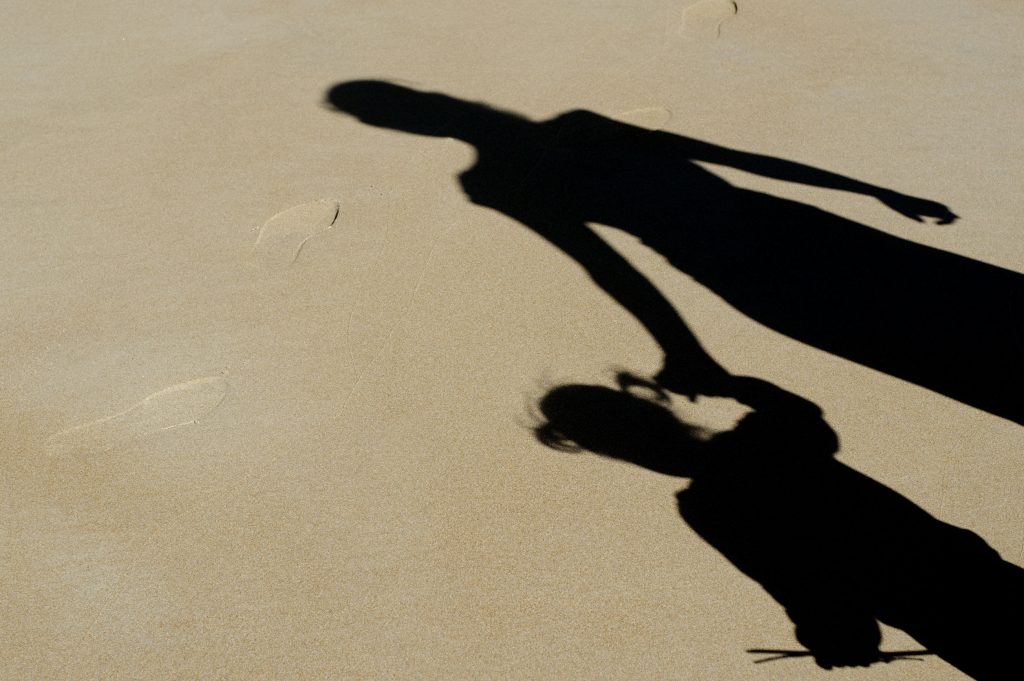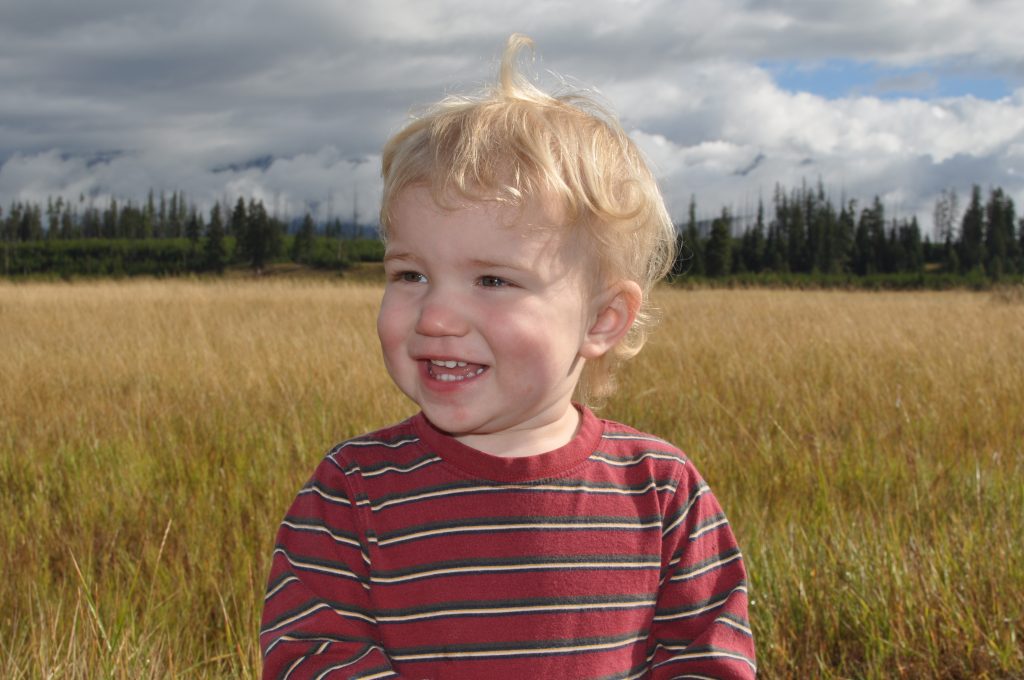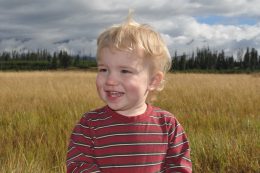
My family recently spent a weekend on the Oregon Coast. It was April and it was cold, but that didn’t stop our five-year-old twins Gus and Greta from cartwheeling across vast beaches, wading into the frigid ocean, and marveling at mole crabs, sea urchins, and bald eagles. On Sunday afternoon, we stopped to examine a dead seagull before trudging back to the parking lot, changing the kids out of their soggy, sandy pants, and loading them into our minivan for the drive home. Greta started to cry when she realized we were leaving, and then, in a perfect storm of exhaustion, hunger, and end-of-trip blues, she wailed, “I don’t ever want to die!” Her brother followed suit, and we suddenly found ourselves in the midst of a category-five meltdown.
My children’s fear of death is so pure and so relatable that the urge to make it better it can be overwhelming. And considering they believe in unicorns and flying kittens, it would not be difficult to convince them death isn’t real, isn’t scary, isn’t painful. But because their brother Seamus died in a car accident before they were born, we can’t gloss over the topic without denying a fundamental part of our lives and our family.
Here are some things that have helped us navigate these conversations.
- Meet them where they’re at.
I used to think there would be a predetermined age where we would sit our children down and tell them what happened to their brother. But our grief counselor advised us to wait for their questions instead and to answer them in simple, truthful terms. It took several conversations about Seamus before they asked where he was, and several more before they asked how he died. When we told them Seamus was hit by a car by a driver who wasn’t being careful, they were stunned and heartbroken, which is to say they responded as humans do to tragedy. Had we shrouded our explanation in mystery and euphemisms, it would only have made them more curious. They might have filled in the blanks themselves, and worse, they might have stopped trusting us with their questions.
- Talk about your loved ones in contexts other than death.
I love Jennifer Richler’s Modern Loss essay about introducing her children to her late mother. Like Jennifer, we make an effort to bring Seamus up casually — reminiscing about the way he said butterfly (“buddy buddy”) or laughing about how, on his first birthday, he sneezed on his cupcake and his candle went out — a story Gus recently recounted to his friends at preschool. These anecdotes ensure Seamus is defined by his life, not his death.
- Talk about death in contexts other than your loved one.
It is always tempting to shield my children from death, to steer them around the seagull carcass at the beach, to say nothing when they smash ants and spiders for sport, to brush off their questions about the way our neighbor’s body is changing as a result of cancer treatment. Instead, we try to use these opportunities to talk about the cycle of life, because despite our culture’s tendency to pretend otherwise, death is everywhere. Processing these moments together helps them calibrate their response to different types of death and build the resilience they will need to live in a world where everyone dies.

Seamus, the author’s son (Courtesy of Michelle DuBarry)
- Help them find their own comfort.
As an atheist, I don’t have answers to some of my children’s most wrenching questions. Since they don’t find comfort in non-belief like I do — the mystery of human consciousness is a heavy lift for a preschooler — we’ve been talking with them about other beliefs and traditions, including those held by our family and friends. This helps them understand belief as something individual and sacred, but different from truth, which requires evidence. They have lately been developing some beliefs of their own, including the idea that we will all be reunited with Seamus in a magical place called Fairyland when we die. (It’s like heaven, but with fairies.)
- This, too, shall pass.
It is perhaps the worst platitude, and don’t ever say this to a grieving person! Never, ever. But this ancient wisdom helps me to simply sit with my children when they are having big feelings. I tell them I’m sorry they are sad, and that I feel scared sometimes, too. Sometimes I talk about the things that comfort me, like how the moon reminds me of their brother, and how lucky I feel to be alive and able to eat ice cream at the beach. Ten minutes after the aforementioned “I don’t ever want to die” meltdown, Greta was begging me for saltwater taffy and Gus was happily arranging his seashell collection in his cup holder. Emotions are temporary, and there is nothing like the long arc of grief to remind us of that.
- Get professional help.
None of this comes easily to me or my husband. Our grief counselor has walked us through most of the difficult conversations ahead of time and sometimes in retrospect after we’ve messed up, as in the time I found Greta sobbing in her bed after she overheard me say (sarcastically) to her dad, “I wanted to die.” As recently as a few weeks ago, I googled “How to talk to kids about death” and discovered this great list of suggestions from The Child Development Institute. Take advantage of the experts, whether it’s counselors, books, or organizations that work with grieving children. (Modern Loss loves Kate’s Club, The Dougy Center and Experience Camps.)
We are planning soon to scatter some of Seamus’ ashes in Montana. We’ll have to figure out a way to explain to Gus and Greta how their brother’s body has been reduced to a bag of dust. They’re going to see their mom and dad cry, and it’s going to make them sad, anxious and scared. But the last five years have taught me that a child’s grief is tempered by curiosity and awe. Their sense of wonder has a way of fueling my own growth and understanding, and in that sense, they are teaching me something, too.
Michelle DuBarry is a grant writer living in Portland, Oregon with her husband and five-year old twins. In 2010, she lost her 22-month-old son Seamus in a car accident. She recently completed a memoir.
Modern Loss is not a therapeutic adviser; this piece should only be used as a guide. Users should verify the veracity and appropriateness of the information posted on the site with his or her own therapeutic adviser.









